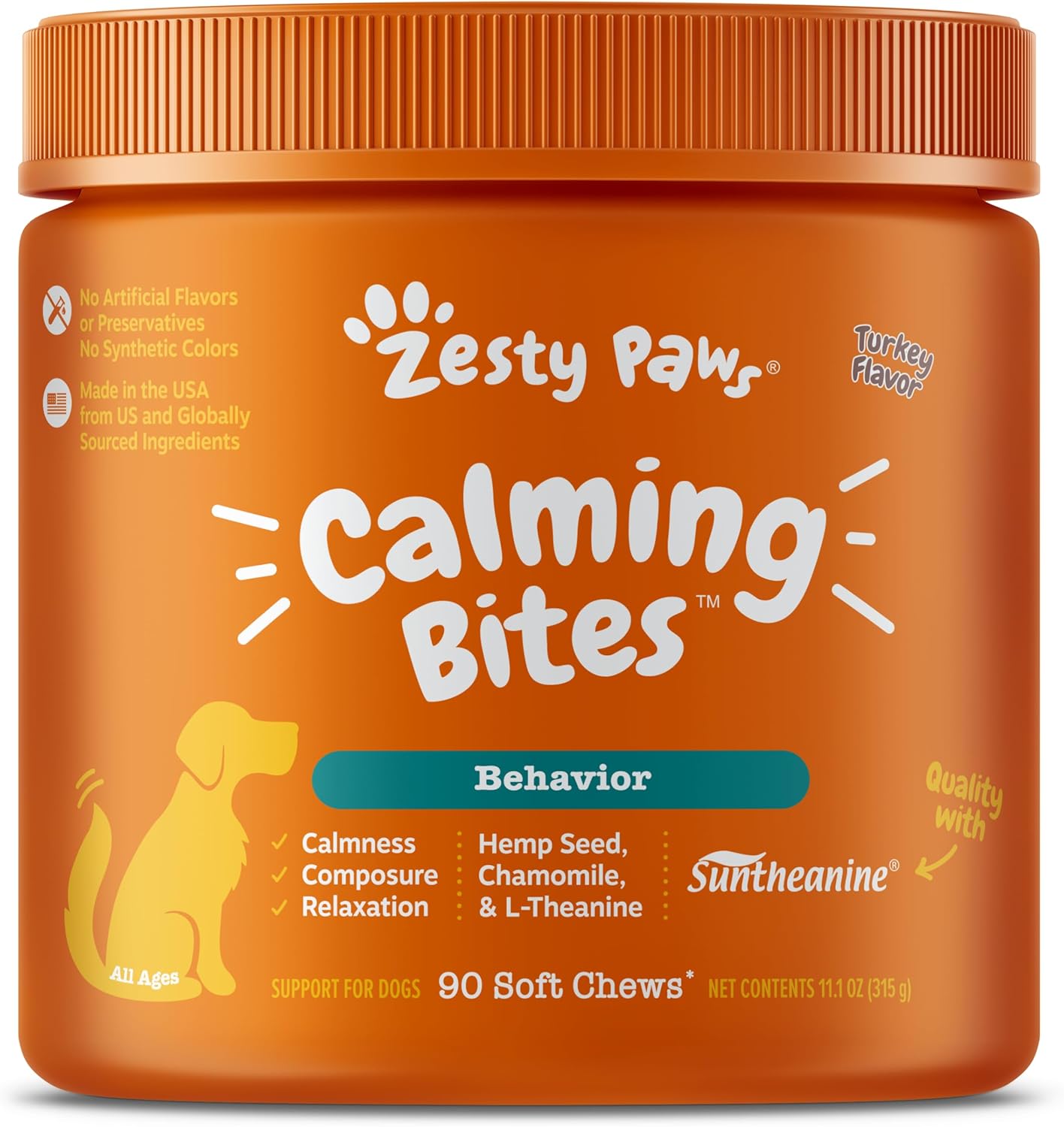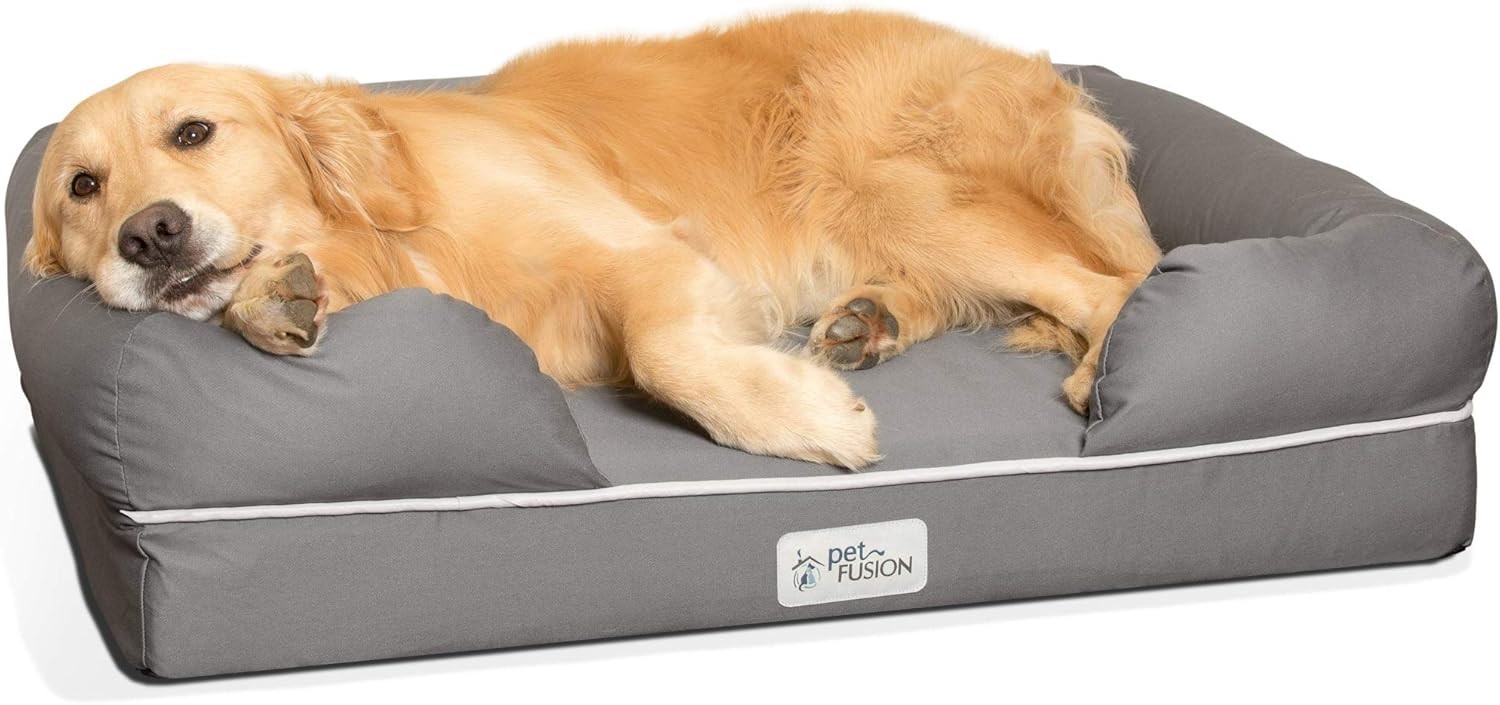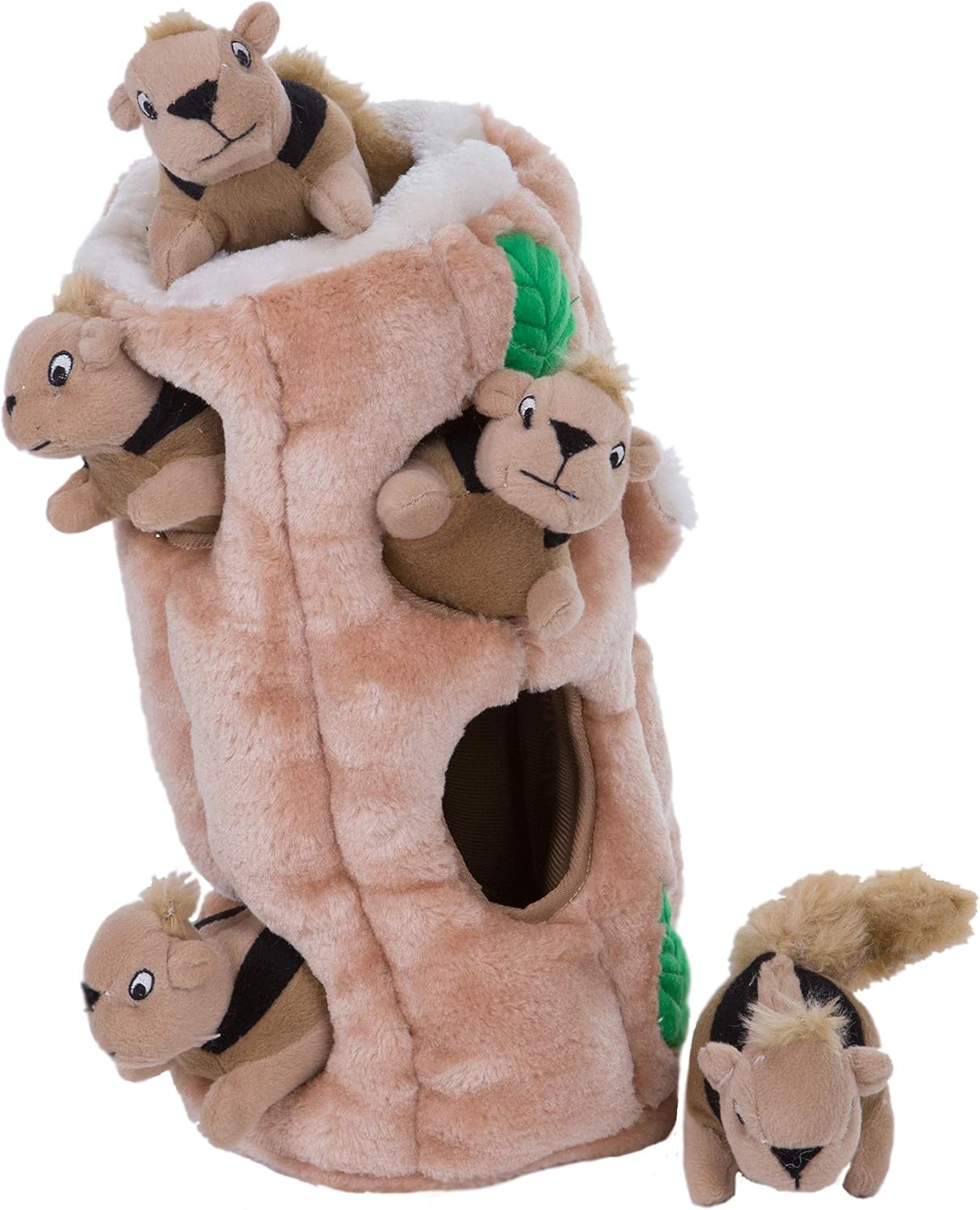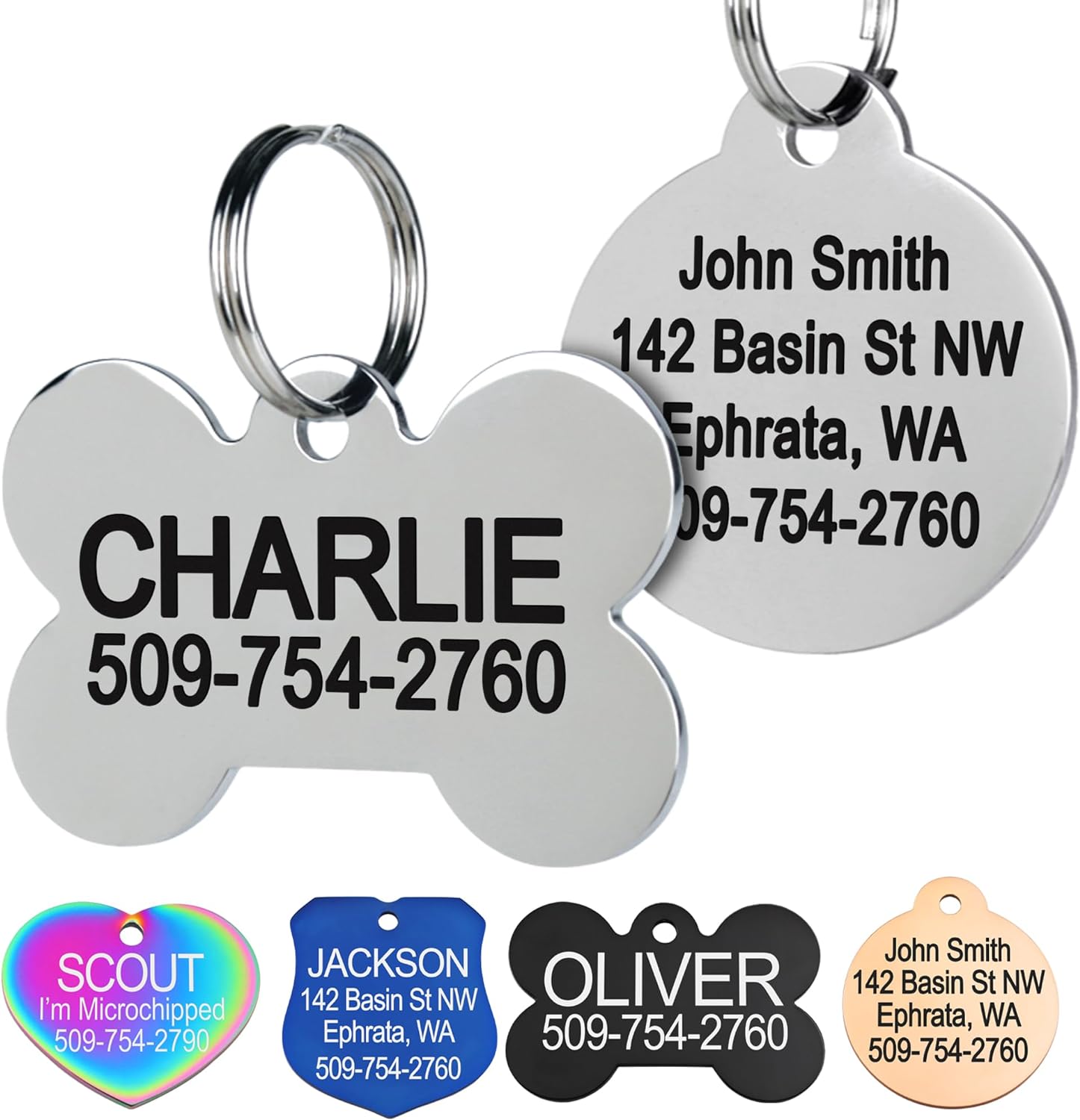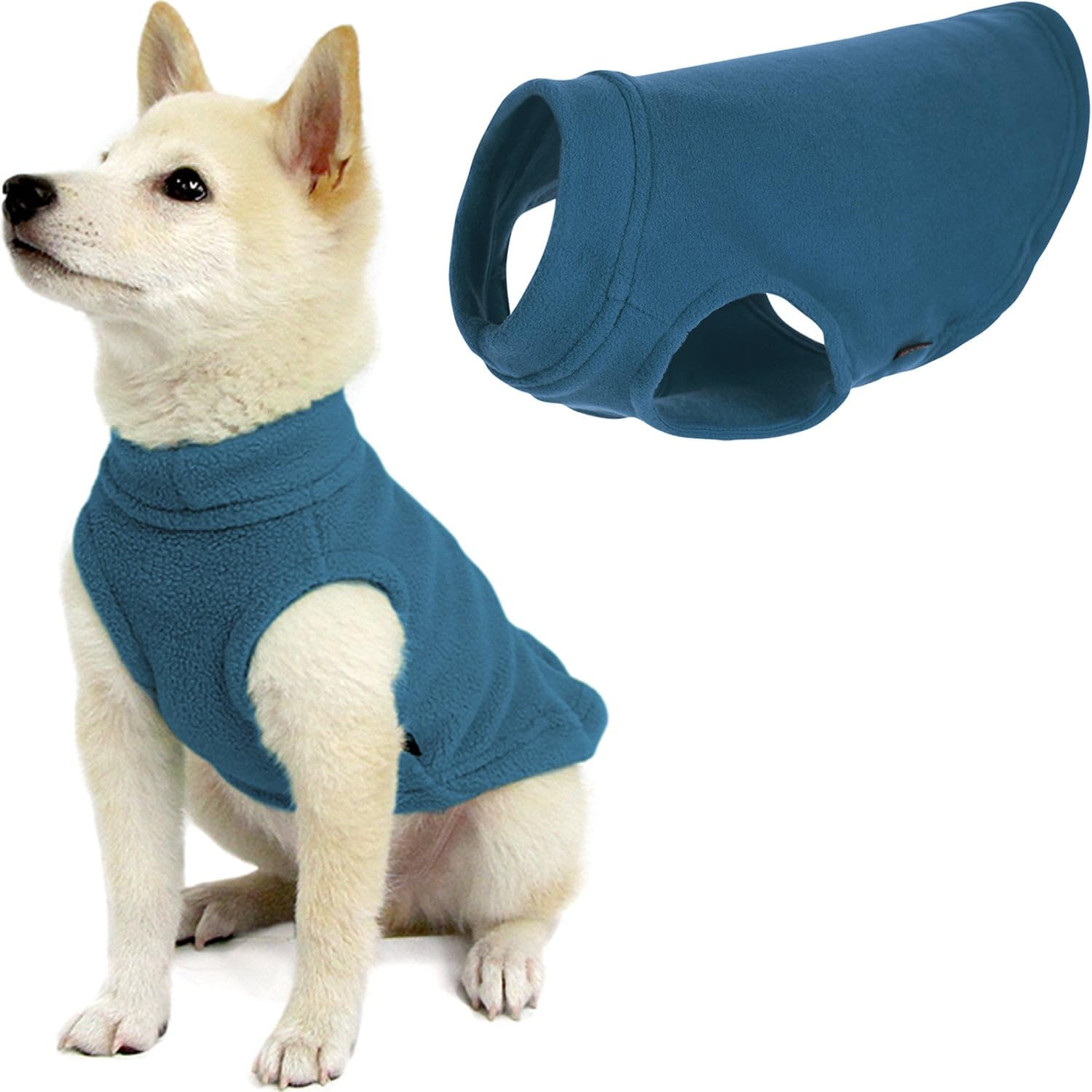 |
Key Points on Recognizing When Your Dog Thinks You’re Their Parent:
|
| Dogs often display behaviors like overprotectiveness, constant vigilance, or nurturing actions that reflect their deep emotional connection and instinct to care for their owners. While these gestures strengthen the bond between dogs and humans, it’s important to ensure your dog doesn’t feel overly responsible, which can lead to stress or anxiety. By setting boundaries, encouraging independence, and providing reassurance, you can maintain a healthy, balanced relationship where your dog remains a loving companion rather than feeling like a caregiver.
This article explores these signs and how to respond, ensuring a happy and secure bond with your furry friend. |
|
1. Overprotectiveness
If your dog frequently positions itself between you and perceived threats—whether a stranger, another dog, or even a loud noise—it might be displaying overprotectiveness. This behavior indicates that it feels responsible for your safety, much like a parent would.
| Aspect | Description |
| Definition | Behavior where a dog excessively guards or protects their owner from perceived threats. |
| Common Behaviors | – Placing themselves between owner and others – Barking or growling at strangers or other animals – Constantly monitoring surroundings for potential threats |
| Causes | – Strong emotional bond with owner – Past experiences (e.g., trauma or abuse) – Natural protective instincts |
| Signs of Overprotectiveness | – Refusal to leave owner’s side – Aggression towards perceived threats – Anxiety when owner interacts with others |
| Potential Issues | – Increased stress and anxiety for the dog – Difficulty in social situations – Potential for aggressive incidents |
| Management Strategies | – Reassuring the dog of their safety – Establishing clear boundaries – Socializing with other dogs and people – Gradual desensitization to triggers |
| When to Seek Help | – Persistent or severe aggressive behavior – Significant impact on daily life and activities – Difficulty in managing behavior despite efforts |
2. Constant Vigilance
A dog is always on high alert, especially when you’re around, and may think it’s their job to watch over you. This constant vigilance can include following you from room to room, watching your every move, and reacting quickly to any changes in your environment.
Quick Tips for Managing Constant Vigilance in Dogs
- Establish a Routine: Dogs feel more secure with a predictable schedule. Stick to regular feeding, walking, and playtimes.
- Provide Mental Stimulation: Engage your dog with puzzle toys, training sessions, and interactive games to keep their mind active and reduce the need for constant vigilance.
- Create a Safe Space: Designate a quiet, comfortable area where your dog can relax and feel safe. Use this space to encourage downtime.
- Gradual Exposure to Triggers: Slowly expose your dog to the triggers of their vigilance, rewarding calm behavior to desensitize them over time.
- Exercise Regularly: Ensure your fur buddy gets plenty of physical activity to burn off excess energy and reduce anxiety-driven behaviors.
- Use Calming Aids: Consider using calming products like pheromone diffusers, anxiety wraps, or natural supplements to help soothe your dog.
- Practice Relaxation Training: Teach your dog relaxation commands, such as “settle” or “calm,” and reward them for relaxing on cue.
- Limit Exposure to Stressors: Identify and minimize exposure to situations that trigger excessive vigilance, especially during the initial training period.
- Positive Reinforcement: Reward your canine with treats and praise for calm, relaxed behavior, reinforcing that vigilance is unnecessary.
- Seek Professional Help: If constant vigilance persists or worsens, consult a veterinarian or a certified dog trainer for tailored advice and strategies.
3. Nurturing Behavior
Some dogs exhibit nurturing behaviors, such as frequently licking your face or hands, bringing you toys, or trying to comfort you when you’re upset. These actions are similar to how a parent might soothe their child and can be a sign that your dog sees itself as a caregiver.
4. Separation Anxiety
Dogs that become extremely anxious when you’re not around might be experiencing separation anxiety because they feel responsible for you. This anxiety can manifest as destructive behavior, excessive barking, or even attempts to escape in search of you.
Do’s and Don’ts for Managing Separation Anxiety
| Do’s | Don’ts |
| Gradually Increase Alone Time | Don’t Leave Abruptly |
| Start with short separations and gradually extend the time your dog is alone. | Avoid sudden departures, which can increase anxiety. |
| Create a Safe Space | Don’t Punish Anxiety Behaviors |
| Designate a comfortable, secure area with their favorite toys and bedding. | Punishing your dog for anxious behaviors can worsen the problem. |
| Use Positive Reinforcement | Don’t Make a Big Deal of Departures and Returns |
| Give your dog treats and praise for showing calm behavior during separations. | Avoid overly emotional goodbyes and greetings. |
| Provide Mental Stimulation | Don’t Ignore Signs of Anxiety |
| Use puzzle toys, treat-dispensing toys, or other engaging activities to keep your dog occupied. | Pay attention to signs of anxiety and address them appropriately. |
| Exercise Before Leaving | Don’t Overdo Alone Time Initially |
| Ensure your dog gets ample physical activity to help reduce anxiety. | Gradually increase alone time instead of starting with long periods. |
| Practice Short Departures | Don’t Reinforce Anxiety |
| Regularly practice leaving for short periods to help your dog get used to your absence. | Avoid giving attention when your dog is showing anxious behaviors. |
| Use Calming Aids if Necessary | Don’t Leave Without Preparation |
| Consider calming products like pheromone diffusers or anxiety wraps. | Ensure you’ve provided adequate preparation and resources before leaving your dog alone. |
| Seek Professional Help if Needed | Don’t Ignore the Issue |
| Seek the help of a veterinarian or a certified dog trainer for severe cases. | Failing to address separation anxiety can lead to more serious behavioral issues. |
5. Resource Guarding
If your dog guards you or your belongings (like sitting on your shoes or growling when someone approaches you), it can be a sign that it sees itself as your protector. This behavior stems from a desire to keep you safe from perceived threats.
6. Training You
Dogs that nudge you to go to bed remind you of mealtimes or insist on a routine exhibit behavior that indicates they think they are in charge of your schedule. They might see themselves as responsible for maintaining order and ensuring your well-being.
| Aspect | Description |
| Definition | Behavior is when a dog tries to control its owner’s actions or schedule to get what it wants. |
| Common Behaviors | – Nudging or pawing at you for attention or food – Barking to command actions (e.g., to go outside) – Insisting on routines (e.g., reminding you of walk times) |
| Causes | – Past reinforcement of demanding behavior – Strong desire for routine and predictability – Natural tendency to seek attention and rewards |
| Signs of ‘Training You’ | – Expecting immediate responses to demands – Becoming restless or vocal if the routine is disrupted – Persistent attempts to direct your actions |
| Potential Issues | – Disruption of household routines – Increased stress for both dog and owner – Development of demanding or bratty behavior |
| Management Strategies | – Establishing and enforcing consistent boundaries – Rewarding calm and patient behavior – Ignoring demanding actions and redirecting to appropriate behavior |
| Positive Reinforcement | – Providing treats and praise for desired behaviors – Gradually teaching the dog to wait calmly for attention and rewards |
| Encouraging Independence | – Encouraging the dog to engage in independent activities (e.g., chew toys, puzzle feeders) – Allowing the dog to spend time alone to reduce dependency |
| Training Techniques | – Using commands to redirect behavior (e.g., ‘sit’, ‘stay’) – Practicing impulse control exercises – Reinforcing desired behaviors consistently |
| When to Seek Help | – If the behavior becomes unmanageable or leads to significant issues, Consulting a professional trainer for tailored advice and strategies |
7. Demonstrating Empathy
Dogs often pick up on our emotions and can show empathy by staying close to us when we’re sad or stressed. A dog that consistently tries to comfort you during difficult times may see themselves as an emotional caregiver, akin to a parent comforting a child.
Quick Tips for Recognizing and Encouraging Your Dog’s Empathy
- Acknowledge Their Efforts: When your dog shows empathy, such as comforting you when you’re upset, acknowledge their efforts with gentle praise or petting.
- Provide Positive Reinforcement: Reward empathetic behavior with treats and affection to encourage them to continue responding to your emotions.
- Maintain a Calm Environment: Create a serene home environment to help your dog feel safe and attuned to your emotions, which enhances their empathetic responses.
- Spend Quality Time Together: Regularly engage in bonding activities like playing, training, or simply cuddling to strengthen your emotional connection.
- Be Mindful of Your Emotions: Dogs are highly sensitive to human emotions. Strive to stay calm and composed around your dog, especially during stressful times.
- Respond to Their Signals: Pay attention to your dog’s body language and signals when they sense your emotions. This mutual understanding reinforces their empathetic behavior.
- Practice Gentle Interaction: Use a soft tone of voice and gentle touch, especially when you’re feeling emotional, to reassure your dog and enhance their sense of security.
- Create a Comfort Routine: Establish comforting routines, such as quiet time together or gentle play, to give your dog stability and reassurance.
- Respect Their Space: If your dog shows empathy by staying close during your emotional moments, respect their space and avoid overwhelming them with too much attention.
- Consult a Professional if Needed: If you notice significant changes in your dog’s behavior in response to your emotions, consider consulting a veterinarian or a professional dog behaviorist for guidance.
How to Respond
While it’s endearing to think your dog wants to take care of you, ensuring they don’t become too stressed or anxious in this role is important. Here are some tips to help balance the dynamic:
- Reassure Your Dog: Regularly reassure your dog that they are safe and that you are capable of taking care of them. This can help reduce their anxiety and overprotectiveness.
- Provide Structure: Establish clear boundaries and routines to help your dog feel secure. Consistent training and positive reinforcement can reinforce their role as companions rather than caregivers.
- Encourage Independence: Gradually help your dog become more comfortable being alone by practicing short separations and rewarding calm behavior. This can reduce separation anxiety and promote a healthier, more balanced relationship.
- Seek Professional Help: If your dog’s behaviors create significant challenges, consulting a professional dog trainer or behaviorist may be beneficial. They can offer customized advice and strategies to address these issues effectively.
Understanding the signs that your dog thinks you are its parent can deepen your bond and improve your communication. By recognizing these behaviors and responding appropriately, you can ensure a healthy, balanced relationship in which both you and your dog feel loved and secure.
Tokens of Love: Heartwarming Gifts from Pets to Their Owners
| Gift/Thing | Description |
| Toys | Dogs often bring their favorite toys to their owners, indicating they want to share something special and valuable with them. |
| Licks and Kisses | Pets show affection and care by licking their owner’s face, hands, or feet, similar to grooming behaviors. |
| Cuddles and Snuggles | Pets seek physical closeness by cuddling or snuggling, providing warmth and comfort. |
| Bringing Objects | Some pets may bring random objects they find around the house, such as socks, shoes, or even sticks, as a form of sharing. |
| Dead or Live Prey | Cats, in particular, may bring dead or live prey, such as mice or birds, demonstrating their hunting skills and desire to provide for their families. |
| Attention and Presence | Pets offer their presence and attention, staying close to their owners during emotional moments or when they sense their owner needs support. |
| Pawing or Nudging | Pets use their paws or nudges with their nose to get attention, showing their desire to interact and communicate. |
| Following Everywhere | Dogs especially demonstrate their loyalty and protectiveness by following their owners from room to room. |
| Barking or Meowing | Vocalizations can be a way for pets to communicate, alerting their owners to potential dangers or simply expressing their desire to engage. |
| Showing the Belly | Pets, particularly dogs, show submission and trust by rolling over and exposing their belly, inviting their owners to give belly rubs. |
Strengthening the Bond: Essential Items for Dogs Who See You as Family
Funny and Sweet Moment
When I feel blue, my dog, with all the grace of a circus clown and the tenderness of a teddy bear, knows exactly what to do. She waddles over, her tail wagging so furiously it seems to have a mind of its own, and plops her head onto my lap with a dramatic sigh that would shame any soap opera star. Her big, soulful eyes gaze up at me as if to say, “Who needs chocolate when you’ve got me?” And just like that, with a wet nose nudge and a few slobbery kisses, my worries melt away. It’s impossible not to laugh when she starts her impromptu performance, rolling onto her back, paws flailing, inviting belly rubs, and all the love she knows will make everything better. In those sweet, silly moments, I’m reminded that sometimes, the best therapy comes with fur, four legs, and an unyielding enthusiasm for treats and snuggles.
Conclusion
The unique ways our pets express their love and affection serve as heartwarming reminders of the deep bond we share with them. From bringing us their favorite toys to offering comforting cuddles, these gestures reflect their unwavering loyalty and desire to care for us as they would their own family. Recognizing and appreciating these tokens of love strengthens our connection and enriches our lives with joy and companionship. Cherish these moments and the special gifts your furry friends bestow upon you, for they are truly priceless expressions of their devotion.


